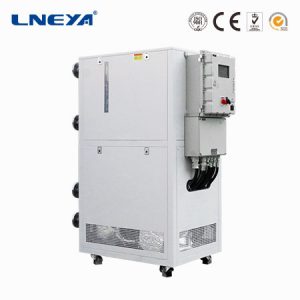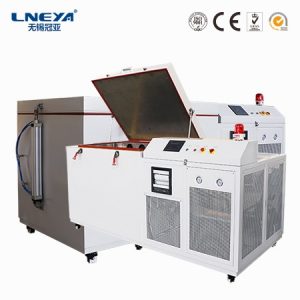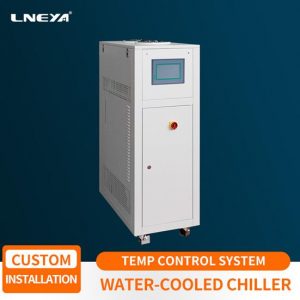Relationship Between Condensation Temperature And Condensation Temperature In Ultra Low Temperature
The chilling temperature of the refroidisseurs à recirculation à ultra basse température refers to the temperature at which the state of the substance changes from a gaseous state to a liquid state under a certain pressure. Different substances have different condensation temperatures. For the same substance, changes in external pressure can also cause changes in the condensing temperature. The condensation temperature of the pure substance is a temperature point, and for the mixture, the boiling range elongation condensation is a temperature range. In general, as the outside air pressure increases, the condensing temperature also rises, and vice versa. In short, it is a function of matter, composition and pressure.
The level of condensation temperature depends mainly on the temperature and flow rate of the cooling medium, the condensation area and the form of the condenser. Reducing the condensing temperature can increase the refrigeration capacity of the compressor and reduce the power consumption, thereby increasing the refrigeration coefficient and improving the economics of operation. However, the condensing temperature should not be too low, otherwise it will affect the circulation of the refrigerant, and the cooling capacity will decrease. If the condensing temperature is too high, not only the cooling capacity will decrease, but also the power consumption will increase, and the exhaust temperature of the compressor will increase, the temperature of the lubricating oil will increase, and the viscosity will decrease.
There is also a certain correspondence between the condensation temperature of the ultra low temperature recirculating chiller and the condensing pressure. Therefore, the adjustment of the condensing temperature can also be achieved by adjusting the condensing pressure. When the temperature of the cooling medium (water or air) is constant, the adjustment of the condensing pressure can be achieved by changing the flow rate and the condensation area of the cooling medium. The flow rate of the cooling medium is increased, and the flow rate is correspondingly increased, the heat transfer temperature difference can be reduced, thereby reducing the condensation temperature; and increasing the heat transfer area can also achieve the purpose of reducing the condensation pressure.
Recommandations connexes
-
What are the decarboxylation reaction conditions and process temperature control?
1210The decarboxylation of aromatic acids is easier than that of fatty acids. For example, benzoic acid can be decarboxylated by adding a little copper powder as a catalyst in quinoline solution and heating. When a strong electron-withdrawing group ...
Voir les détails -
Analysis of the environmental requirements of the -20 °C freezer
1071Due to the difference in ambient temperature, there are certain requirements for the freezer. Today LNEYA came to tell you how the ambient temperature is good for the -20 °C freezer. Now there are many types of freezer boxes: hot and cold temperat...
Voir les détails -
The necessity of high and low temperature testing machine for semiconductor chips
995The rapid development of the chip industry is also obvious to everyone. LNEYA semiconductor chip high and low temperature test machine has also been continuously developed along with the development of the chip industry. There are tens of thousand...
Voir les détails -
Application and working principle of water-cooled chiller
948Application and working principle ofwater-cooled chillerThe water-cooled chiller is a kind of LNEYAindustrial low-temperature refrigerator in Wuxi Guanya. A single compressor canachieve -152 degrees Celsius cooling and cooling. Equipment power,...
Voir les détails
 LNEYA Industrial Chillers Fabricant Fournisseur
LNEYA Industrial Chillers Fabricant Fournisseur














